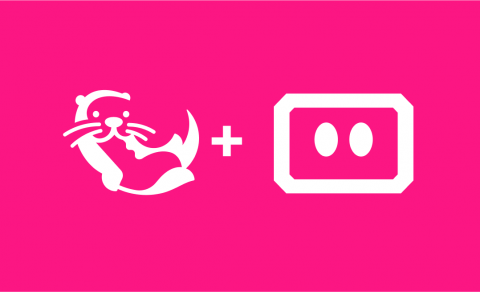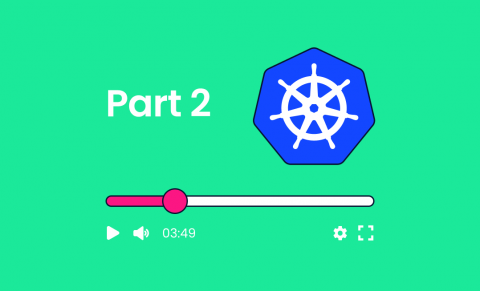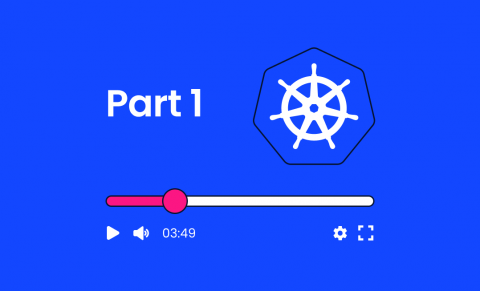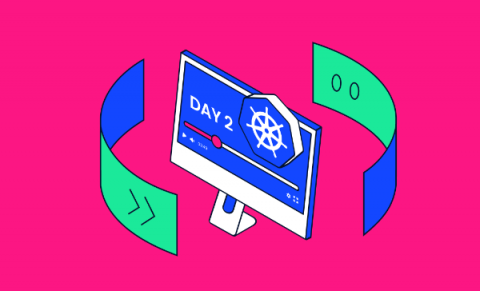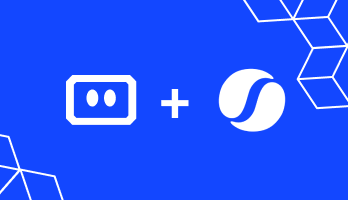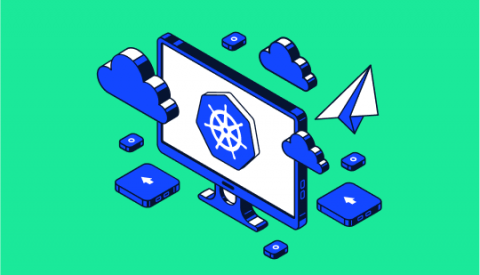Using Helm Dashboard and Intents-Based Access Control for Pain-Free Network Segmentation
Helm Dashboard is an open-source project which graphically shows installed Helm charts, revisions, and changes to their Kubernetes resources. The intents operator is an open-source Kubernetes operator which makes it possible to roll out network policies in a Kubernetes cluster, chart by chart, and gradually achieve zero trust or network segmentation.


